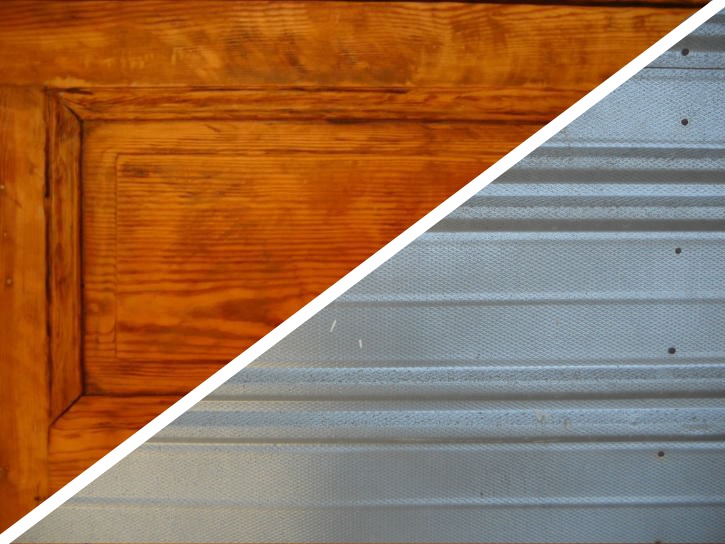We’ve talked about R-values before and what they signify in rating your garage door. What about U-value? Here’s what you need to know about the difference between R-values and U-values.
What Does an R-Value Measure?
The R-value measures the product’s ability to resist heat flow. That means, the higher the value, the better it is able to insulate against hot and cold temperatures. You want to have a door that has a higher value so that you can have a better-insulated garage.
We recommend you go with something that has an R-value of at least 14 or higher. That means the equipment can withstand greater storms, as well as keep the heat down in your garage. It is important to install a high-quality assembly on your home or business.
What Does The U-Value Measure?
The U-value measures the rate of heat transfer. So, with this measuring system, you want to have a lower U-value. That means that the product is more energy efficient.
Normally, window units and doors receive a U-value rating. If you are looking at a rating for your new system, then you will want to go with one that has a lower number. Unlike what you would do if you were looking at the R-value of a door.
What is the Difference Between R-Value and U-Value?
Some people think that the difference between the two is that they seem to be direct opposites of each other on the number scale. While it is true that the number systems are opposite, these two values are measuring different aspects of the product.
The R-value simply tells how well the specific materials are rated. Whatever material your door is made from is what receives the rating. The U-value actually rates the efficiency of the entire system, not just the materials. It takes into account how the system was manufactured for energy efficiency.
How The Values Are Calculated
Another major difference in these two values is the calculation method. The R-value simply takes into account one building material. In the case of a garage door, it would be the material used to manufacture the equipment.
These materials might be:
- Wood
- Vinyl
- Steel
- Metal
- Composite
- Or more…
The U-value has to take into account every material that is used on the product. That would include the glass of the windows, bars that connect the panels, and more. We take all materials into consideration to determine the rate of heat transfer. Some parts will increase insulation while others will detract from it.
Call Us For Assistance
If you aren’t sure if your door has the proper insulation or R-value, give us a call. Our phone staff can help you. We will send a technician out to you in order to answer your questions more fully. They can install a new door if you need something with a greater value.
Our team is happy to help you any way we can.









